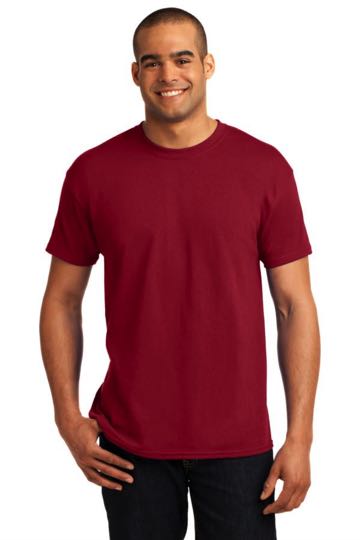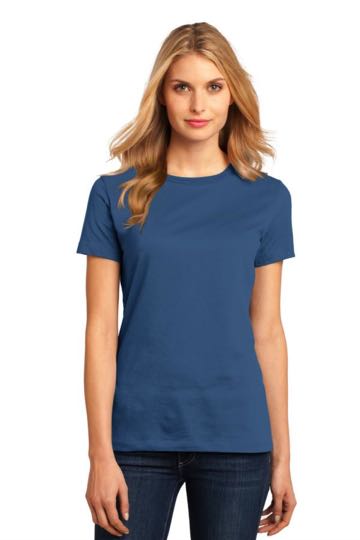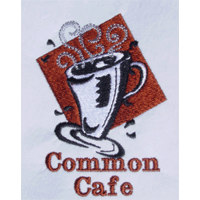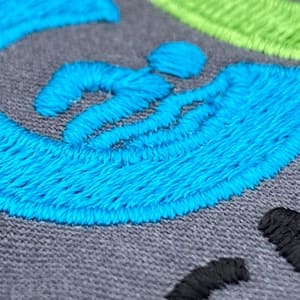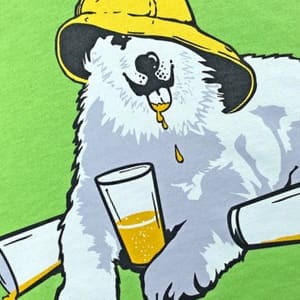T-Shirt Buyers Guide
T-Shirts became popular in the Unites Stated when they were issued by the US Navy during the
Spanish American War. They were designed to be worn under a uniform allowing sailors to remove
their uniform jacket in hot conditions, only soiling a single garment. By the mid 1930's the
tshirt became the choice of clothing for farming and ranch chores. It finally achieved status as a stand
alone garment after Marlin Brando wore one in the movie "A Streetcar Named Desire". By the 1950's
tshirts was getting professionally decorated using a variety of techniques.
Tshirt Fabric
The first specification you will be presented with is the weight of the tshirt fabric. This refers to the weight of one yard of tshirt fabric. The higher the weight, the thicker the tshirt material. Common weights for tshirt fabric are 5.1, 5.5 and 6.1 ounces with the 5.5 ounce being the most popular. Which one is better? The answer will depend on the use of the tshirt. Lightweight tshirt materials are commonly used in some of the more fashionable tshirt styles and they work well in that application. In rugged use environment such as a construction jobsite, you will find that a heavyweight tshirt will be more durable but might be hot in warmer climates.T-shirt weight is only part of the answer to the question of which is better. The blend of fabric is also a very important part of a tshirt. While 100% cotton tees are very common, many manufacturers blend the cotton with polyester to make it stain resistant, breathable, and less prone to shrinkage. In general, more polyester content produces greater breathability, stain and wrinkle resistance. Blended tshirts also tend to be a bit cheaper than 100% cotton.
Fit & Fashion
When it comes to the concept of fit in the tshirt world, two general categories emerge. For purposes of this discussion lets call them Fashion Tees and Traditional Tees. Fashion tees are cut in a manner that allows the clothing designer to enhance certain physical features of the wearer. Standard tshirts (often unisex) are designed to fit a variety of people comfortably with and still look good. This is an often overlooked consideration when choosing custom tshirts for business or an event. A decorated tshirt is of no use if the recipient can not find a size that fits them well...unfortunately, many of the more fashionable tshirts fall into this category.A recent trend in the design of tshirts is the addition of different types of cotton the the blend. Two of most popular cotton threads in use today are combed cotton and organic cotton. The carding process used to make combed cotton produces a soft fabric with few loose fibers on the fabric surface. Organic cotton and blends of organic cotton are produced in an environmentally friendly manner which yields an excellent cotton fabric with only a slight increase in cost.
